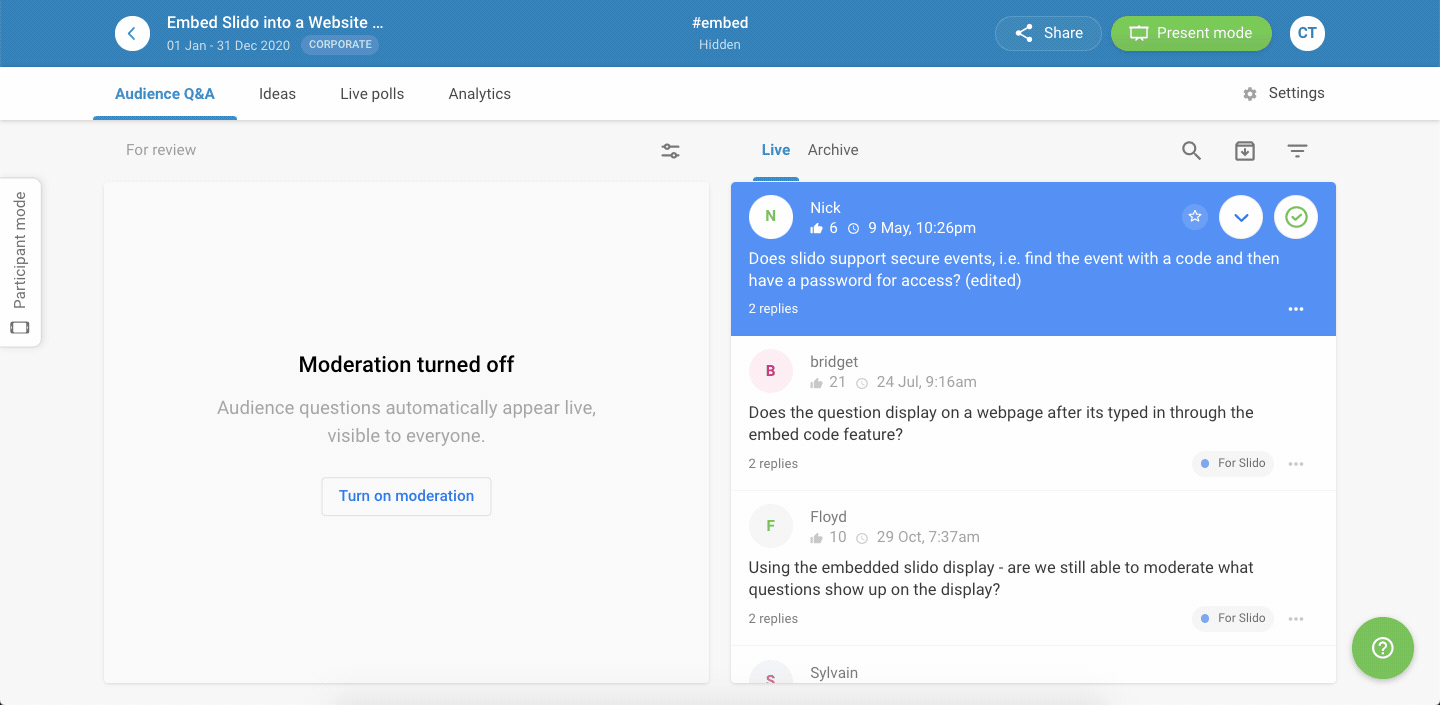


- #Make multi page pdf adobe os x how to
- #Make multi page pdf adobe os x zip file
- #Make multi page pdf adobe os x code
- #Make multi page pdf adobe os x windows
With this strategy, there is no need to do anything to keep the initial text fully unscaled. Result looks like (width the frame option added in \includepdf to visualize the offsets) : The offset is used to vertically position the portion to iake in two account the headein height and the footer height in the master document (rule of thumb : bottom trim value minus height of the bottom margin).įor the other pages, page command must be kept empty to ensute taht the running headers will be typeset, and the offset is still used to acomodate the different layout of the two documents. In this code, one include a selected part of the first page (defined by the two non vanishing trim parameters. As is also suggested, the rest of the pages in the multi-page def-file can afterwards be included by \includepdf[pages= However, with the solution in the above thread, my multi-page pdf is treated as a single-paged, i.e. The proposed \resizebox + \includegraphics solution does seem to solve the with single-page pdfs.
#Make multi page pdf adobe os x how to
The template has four projects, two of which are placed in each solution folder.This is a follow-up on another thread in which I got advise on how to \includepdf with section and subsection titles on the included pdf: \includepdf jumps to new page - can I avoid that? This example uses the SolutionFolder element to divide the projects into two groups, Math Classes and Graphics Classes. If the ProjectName attribute is not specified, the name of the vstemplate file is used as the project name. The ProjectName attribute on the ProjectTemplateLink element specifies the name that is given to the project.
#Make multi page pdf adobe os x windows
In this example, the template has two projects, My Windows Application and My Class Library. This example shows a basic multi-project root vstemplate file. In Visual Studio, choose File > New > Project and verify that your template appears. By default, this directory is %USERPROFILE%\Documents\Visual Studio \Templates\ProjectTemplates.
#Make multi page pdf adobe os x zip file
zip file into the user project template directory. The files and folders are compressed into a. Select all the files in the base directory, and from the right-click or context menu, choose Send to > Compressed (zipped) folder. Be sure to specify the relative path to each project's vstemplate file.

See the example that follows for the structure of the file. This file contains the metadata for the multi-project template. In the base directory, create an XML file with a. zip file into the corresponding subdirectory that you created. If you omit 1 value then the other value is calculated automatically. If you omit both values then the original image dimensions are used (at 72 DPI). The width and height of the image in the PDF. If you omit these then the current position is used. For example: Įach project must be exported to a template separately, so repeat the preceding steps for each project in the solution.Ĭreate a directory for your template, with a subdirectory for each project.Įxtract the contents of each project's. The X and Y position of the top left corner of the image in the PDF. The TemplateContent element contains a ProjectCollection element that has one or more ProjectTemplateLink elements that define the paths to the vstemplate files of the included projects. The Type attribute of the VSTemplate element has the value ProjectGroup instead of Project. The root vstemplate file for a multi-project template differs from a single-project template in the following ways: zip file that has two projects could have the following files and directories:
#Make multi page pdf adobe os x code
The folders include all code files for the project, and also a vstemplate file for the project.įor example, a multi-project template. Two or more folders that contain the files that are required for a complete project template. This file must be located at the root of the. It also specifies where to find the vstemplate files for the projects in the template. This root vstemplate file contains metadata that's displayed in the dialog box where you create a new project. zip file:Ī root vstemplate file for the entire multi-project template. Specify the template category in the ProjectType element of the vstemplate file.Ī multi-project template must include the following items, compressed into a. Multi-project templates can contain projects for different languages, but the entire template itself can only be put in one category. Instead, use the ProjectName attribute on the ProjectTemplateLink element in the vstemplate file to specify a name for each project. Individual projects in a multi-project template cannot be assigned names when the template is used to create a new project. They have the following unique characteristics: Multi-project templates behave differently than single project templates. When you create a project that's based on a multi-project template, every project in the template is added to the solution.Ī multi-project template has two or more project templates and a root template of type ProjectGroup. Multi-project templates act as containers for two or more projects.


 0 kommentar(er)
0 kommentar(er)
